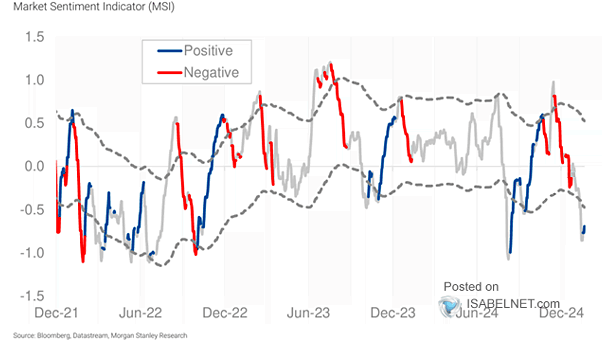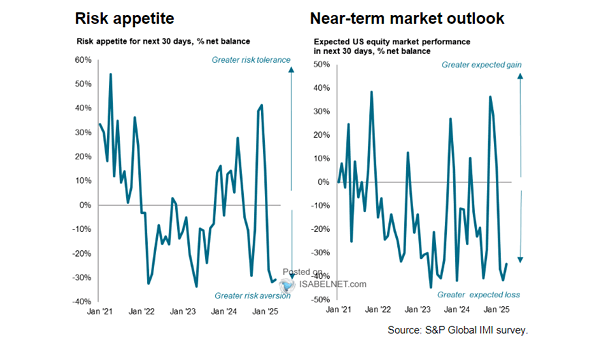Market Sentiment Indicator
Market Sentiment Indicator Morgan Stanley’s current market sentiment indicator reflects a risk-positive outlook, suggesting that investors are optimistic about the market’s future performance. Image: Morgan Stanley Research


